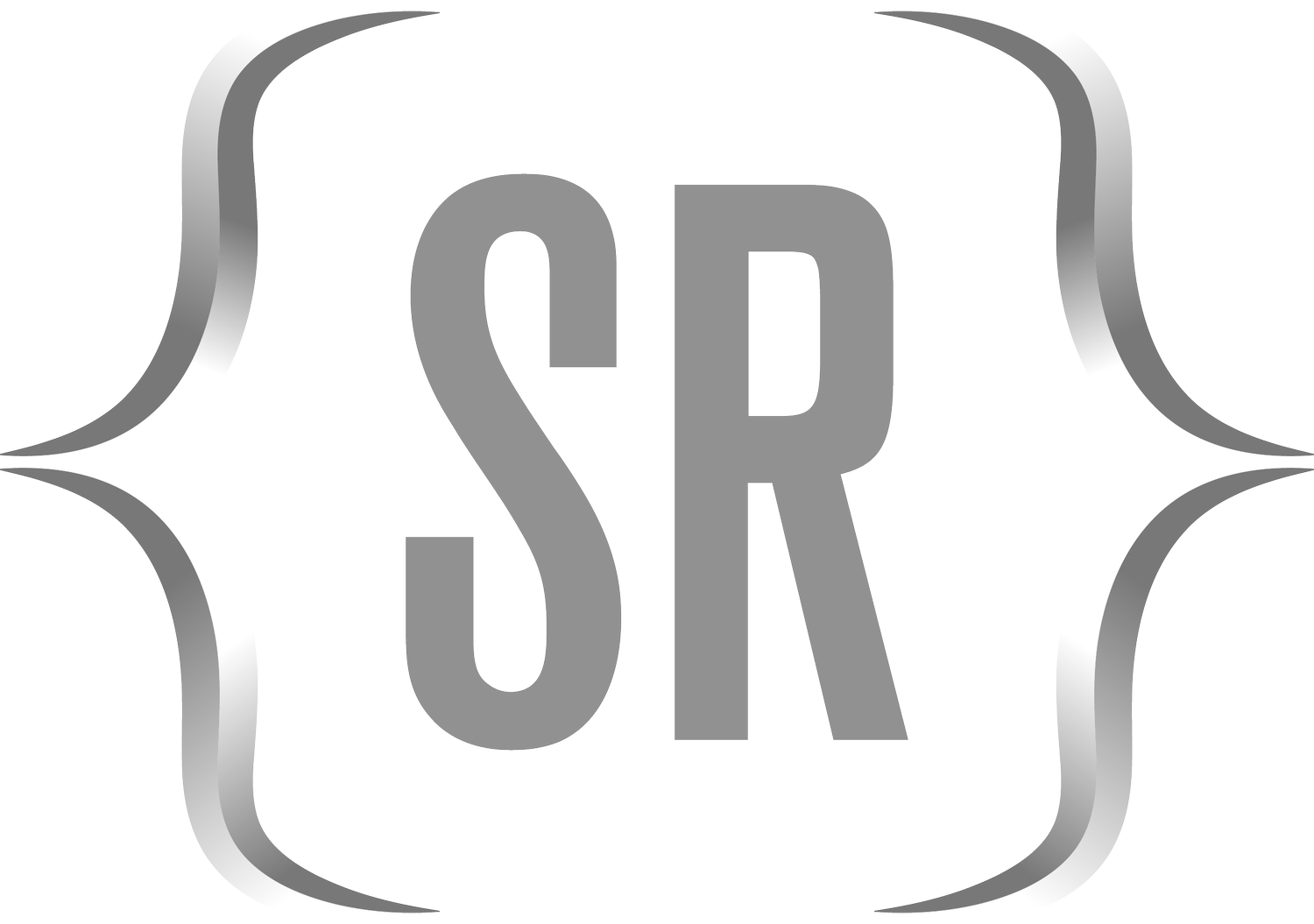The “anti_join” Function in R
Package: dplyr
Purpose: To perform an anti-join between two data frames, keeping only the rows from the first data frame that do not have matching values in specified columns with the second data frame.
General Class: Data Manipulation
Required Argument(s):
x, y: The data frames to be joined.
by: Columns used for matching and merging.
Notable Optional Arguments:
suffix: A character vector of suffixes to be appended to duplicate and colliding column names.
Example (with Explanation):
# Load necessary packages
library(dplyr)
# Create two sample data frames
data1 <- data.frame(
ID = c(1, 2, 3),
value1 = c(10, 15, 20)
)
data2 <- data.frame(
ID = c(2, 3, 4),
value2 = c(25, 30, 35)
)
# Perform an anti join based on the 'ID' column
anti_joined_data <- anti_join(data1, data2, by = "ID")
# Display the anti joined data
print(anti_joined_data)In this example, the anti_join function from the dplyr package is used to perform an anti-join between two sample data frames (data1 and data2) based on the matching values in the ‘ID’ column. The result, anti_joined_data, contains only the rows from data1 that do not have matching values in data2. This function is useful when you want to identify and retain only the non-matching rows from the first data frame.
